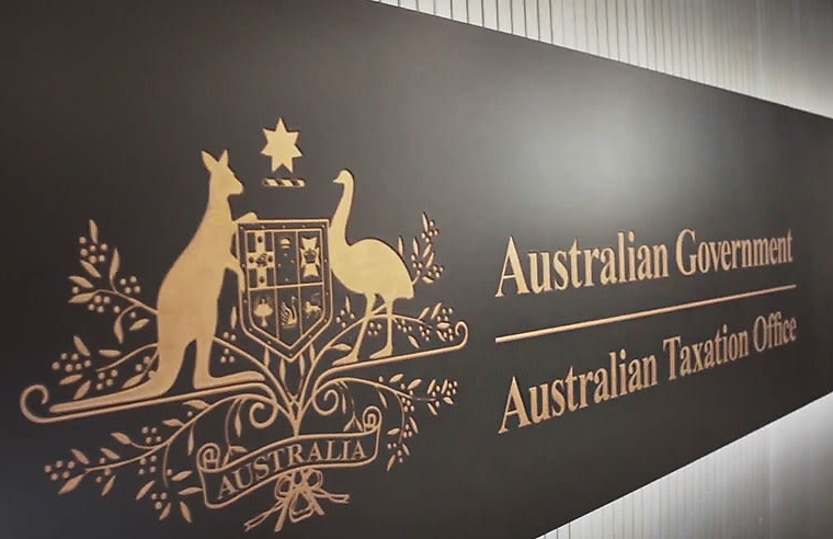ATO most diverse federal agency – but not among leadership

Despite its commitments to broader cultural and linguistic representation, the Tax Office continues to fall short on diversity both at a workforce-wide level and among senior leadership.
The Australian Taxation Office (ATO) has the highest percentage of culturally and linguistically diverse (CALD) employees of any Australian Public Service agency.
While the ATO’s overall share of CALD employees (36 per cent) was relatively high, the agency ranked fourth in terms of CALD employee representation among leadership (at 18 per cent).
"Having senior leaders as CALD Champions, and a CALD network of people across the ATO, is part of our deliberate strategy to celebrate our diverse workforce," said ATO assistant commissioner Susan Moriarty.
CALD employees at Foreign Affairs and Trade, the Australian Public Service Commission, and Finance made up 19 per cent of leadership positions, above the APS average of 11 per cent.
These and other findings were shared in the APS’ inaugural CALD Employment Strategy and Action Plan published on Wednesday.
The plan is designed to create a more diverse public service through transparency, while also removing barriers such as racism, discrimination, bullying, and harassment.
Survey data relied upon by the APS found that the lived experience of CALD employees in the APS can be “very difficult.”
Respondents highlighted “systemic inequities” that are often overlooked by non-CALD employees, as well as clear vertical challenges in reaching positions of leadership.
Attempts to boost diversity in the APS are by no means new and, particularly in relation to Indigenous representation, they have a history of falling short of their aims.
Research conducted in 2020 by Debbie Bargallie, postdoctoral research fellow at Griffith University found, found that the APS’ commitment to its “merit principle” of unbiased meritocracy was largely unrealised.
“The idea that all employment, promotion and commendation decisions are made on an entirely neutral basis is a myth,” wrote Bargallie for The Conversation.
“A disproportionately high number of Indigenous employees languish on the lower rungs of the employment ladder.”
This is not to say that the APS has ignored the issue. Indeed, diversity strategies continue to be revised by the government and yet systemic issues have largely persisted – as evidenced in this most recent Action Plan.
“This strategy acknowledges that the APS does not make full use of the knowledge and experience of all employees,” said Public Service Minister Katy Gallagher.
“Analysis shows that there are significant limitations on advancement, and challenges to CALD employees making a full contribution. These challenges include the impacts of discrimination and racism.”
The Department of Industry, Science, and Resources had the least diverse leadership, with only 4 per cent CALD representation, behind the Australian Bureau of Statistics, the Department of Climate Change, Energy, the Environment and Water, and the Department of Infrastructure, Transport, Regional Development, Communications and the Arts all with 5 per cent representation.
As noted by Gallagher, the APS is “fortunate in having rich cultural, linguistic, and racial diversity. Yet this diversity is not mirrored in senior ranks.”
“The APS needs to ensure its senior leadership also reflects the broader Australian population. This is not only a case for equity, but also for productivity,” she said.
The report defined a CALD individual as a person whose first language is not exclusively English, thought it acknowledged the shortcomings of this metric as a representation of diversity.
In terms of overall representation, the Department of Home Affairs had a 30 per cent CALD employee base, behind the ATO’s 36 per cent.
The Department of Prime Minister and Cabinet, the Department of Climate Change, Energy, the Environment and Water, and the Australian Public Service Commission had the lowest rates of CALD representation across their workforces (each at 16 per cent).
While the report listed Services Australia in last place at 11 per cent, a spokesperson told Accounting Times that this was a reporting error and that its real figure was closer to 26 per cent, as reported in the agency’s most recent annual report.
The opposite dynamic appears to be at play for the ATO, whose 2024 Diversity and Inclusion Strategy listed its overall CALD representation at 22.3 per cent, well below the APS figure of 36 per cent.
ATO assistant commissioner and CALD champion, Usha Narain said, "I am proud to be part of an organisation where diversity and inclusion is considered to be an important focus, and we strive to offer an inclusive and welcoming environment for everyone. Having a diverse and inclusive workplace is not just important for the ATO, but for the Australian community we serve."
"Ensuring our workforce truly represents our clients enables us to better understand their needs so we can administer the tax and super system in a way that it is easier for everyone to understand and comply with."
Among the listed objectives of its 2024 strategy was a commitment to improve CALD visibility among senior levels through its CALD Employee Network and Senior Executive Champions programs.
Upon releasing the strategy, former commissioner Chris Jordan said, “We have come a long way, but we still have more to do.”
“We want an increasingly diverse organisation, where all staff feel like they belong, are empowered to speak up, and always bring their unique and best selves to work.”
About the author

